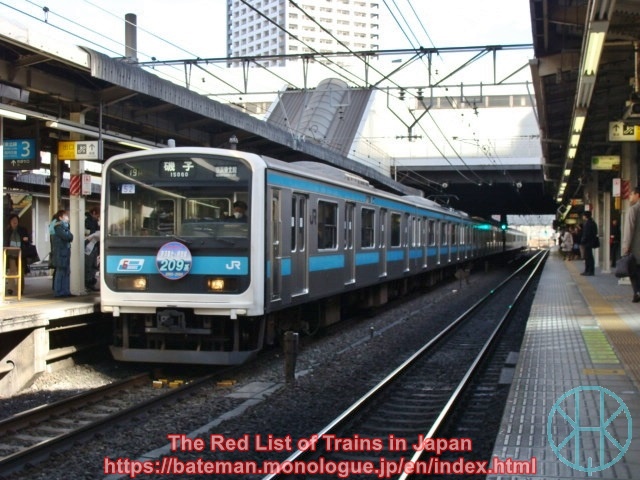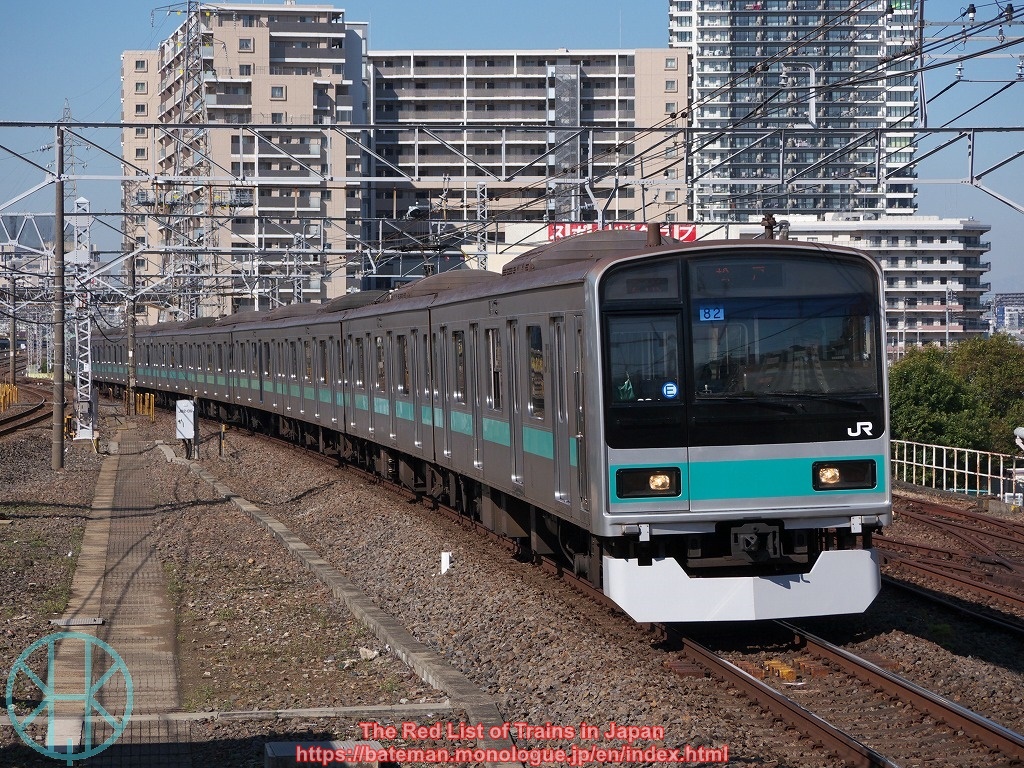JR East 209 series
Izukyu 3000 series Aloha Train
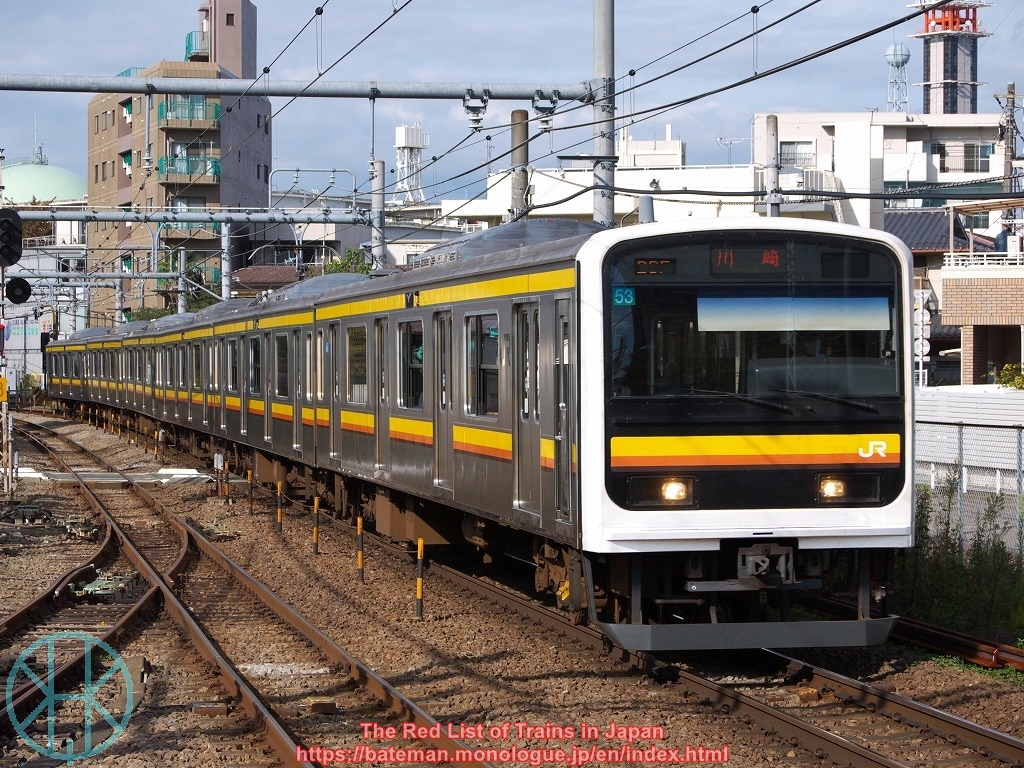
Data (as of 29 Nov 2025)
| Status: | Vulnerable (JR East) |
| Least Concern (Izukyu) | |
| Constructed in: | 1992-2004 |
| Number built: | 1,036* |
| Registered: | 422 |
*Including 30 carriages of 901 series (prototype), and 6 carriages converted from TWR 70-000 series.
History
The 209 series is a type of commuter train, marked as "new generation train" by JR East. The company designed it as "half the weight, cost and lifespan" of JNR 103 series, the most common commuter train at that time. Three ten-carriage units of 901 series were introduced as prototypes in 1992, and mass-production of the 209 series began in the following year.
The 209 series had been prima facie successful, as new inverter-controlled traction was eco-friendly (half the energy consumption of the 103 series). The shorter lifespan sounds contradictory to eco-friendliness, but the company considered that retaining trains too long would make introducing the latest technologies difficult. However, since the bodies of 209 series trains deteriorated far earlier than thought, JR East had to reinforce them later, resulting in a questionable consequence with regard to the overall cost.
The series was introduced to Keihin-Tohoku and Negishi Lines, and a few to Nambu and Hachiko Lines. Those on Hachiko Line was called variant 3000, as they had been compatible with cold climate. In 2004, JR East purchased six redundant carriages of 70-000 series from Tokyo Waterfront Railway (Rinkai Line), and incorporated them to the 209 series (variant 3100). Those on Keihin-Tohoku Line were replaced with E233 series by 2010, but many of them were converted to suburban type (with transverse seating and toilet) and reallocated to Chiba Prefecture. Two four-car units were reallocated again to Izukyu, a private railway company in Shizuoka Prefecture, to replace 8000 series. In addition, an original unit was converted to an experimental train Mue Train in 2008 when withdrawn from Keihin-Tohoku Line.
In 1998, JR East introduced another version of the 209 series (variant 500, hereinafter referred to as 209-500 series), which looks different from the previous version. At that time, JR East was developing a new commuter train (which later became E231 series), but the company had to replace the 103 series on Chuo and Sobu Lines (Local) urgently as they frequently broke down. The 209-500 series looks like the E231 series but the traction was identical to the previous version.
Furthermore, two ten-carriage units of variant 1000 (hereinafter referred to as 209-1000 series) were introduced to Joban Line (Local) and through-services to Tokyo Metro Chiyoda Line. Since they were compatible with the underground, they look completely different from other groups of the 209 series. Both units were withdrawn from Joban Line in 2018 as they could not run Odakyu lines, but surprisingly reallocated to Chuo Line (Rapid) and used for five more years while E233 series trains were refurbished.
| Line serving (served) | In service |
|---|---|
| Keihin-Tohoku & Negishi Lines | 1992-2010 |
| Hachiko Line | 1996-2022 |
| Nambu Line | 1993-2017 |
| Chiba Area | 2009- |
| Izukyu | 2022- |
| Line serving (served) | In service |
|---|---|
| Chuo & Sobu Lines | 1998-2019 |
| Keiyo Line | 2008- |
| Musashino Line | 2010- |
| Keihin-Tohoku & Negishi Lines | 2000-09 |
| Hachiko Line | 2017- |
| Line serving (served) | In service |
|---|---|
| Joban (Local) & Chiyoda Lines | 1999-2018 |
| Chuo Line (Rapid) | 2019-24 |
Current Operations & Future Prospects
JR East has been using the 209 series in Chiba Prefecture and on Keiyo, Musashino, Kawagoe and Hachiko Lines.
In Chiba Prefecture, ex-Keihin-Tohoku units are used on Sobu Main, Sotobo, Uchibo, Kashima and Togane Lines. Each unit consists of four or six coaches, and forms up to eight coaches. They are gradually replaced with E131 series, and some of them were resold to Izukyu where they are called 3000 series.
Those on Keiyo and Musashino Lines are the 209-500. All but one units are formed of eight coaches with Musashino Line livery, while a ten-car unit is used on Keiyo Line with pink bands.
Those on Kawagoe and Hachiko Lines are the 209-500 series group (which were refurbished and converted, and now called variant 3500).
The variant 500 (including the variant 3500) are likely to be in service until around 2030, while others are likely to be withdrawn by the late-2020s.
Photos
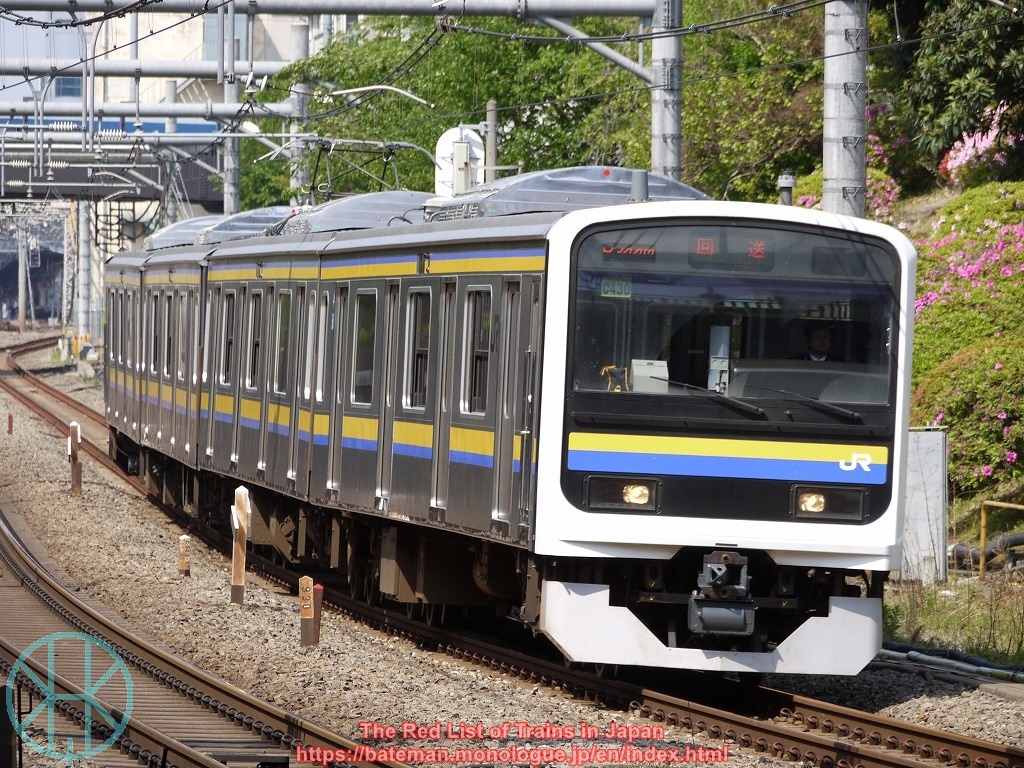
Those in Chiba area were once used on Keihin-Tohoku Line. They sometimes run in the capital for maintenance.

The original-style units on Hachiko Line were replaced with the 209-3500 series by 2020.

Two ex-TWR units were used on Hachiko Line. They were slightly different from original ones.
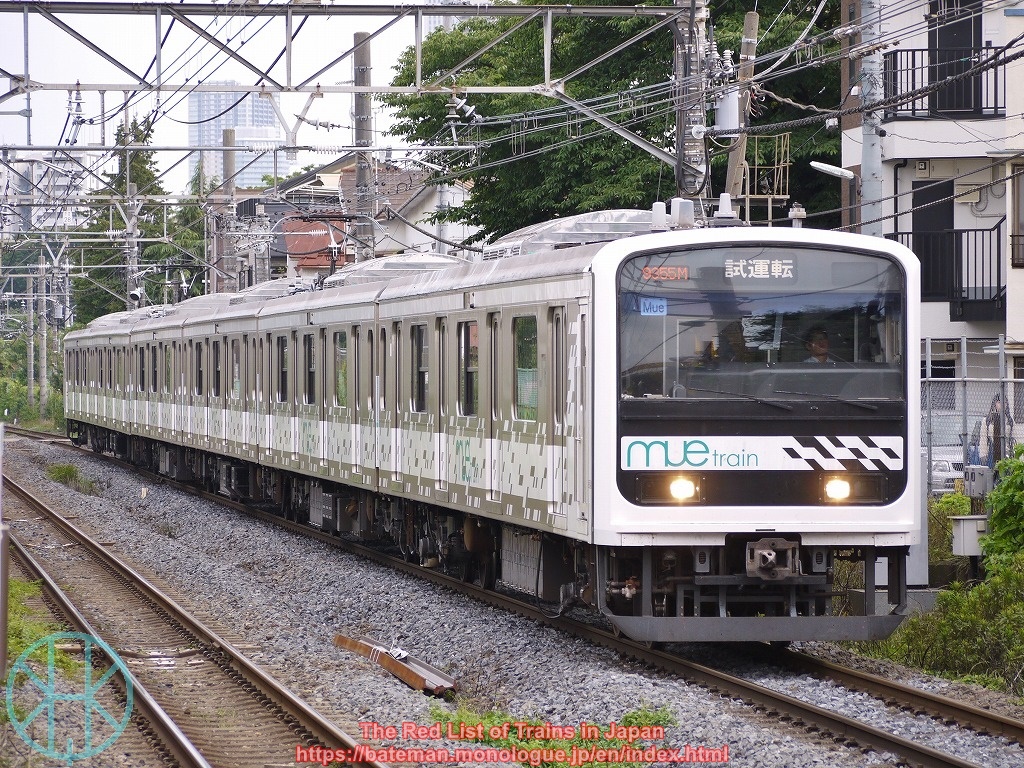
Mue Train runs to develop various new devices including for track monitoring system and internet connection.

Only one 209-500 unit is now used on Keiyo Line beyond Kaihimmakuhari.

Musashino Line units run Chuo Line (Rapid) towards Hachioji at peak hours.
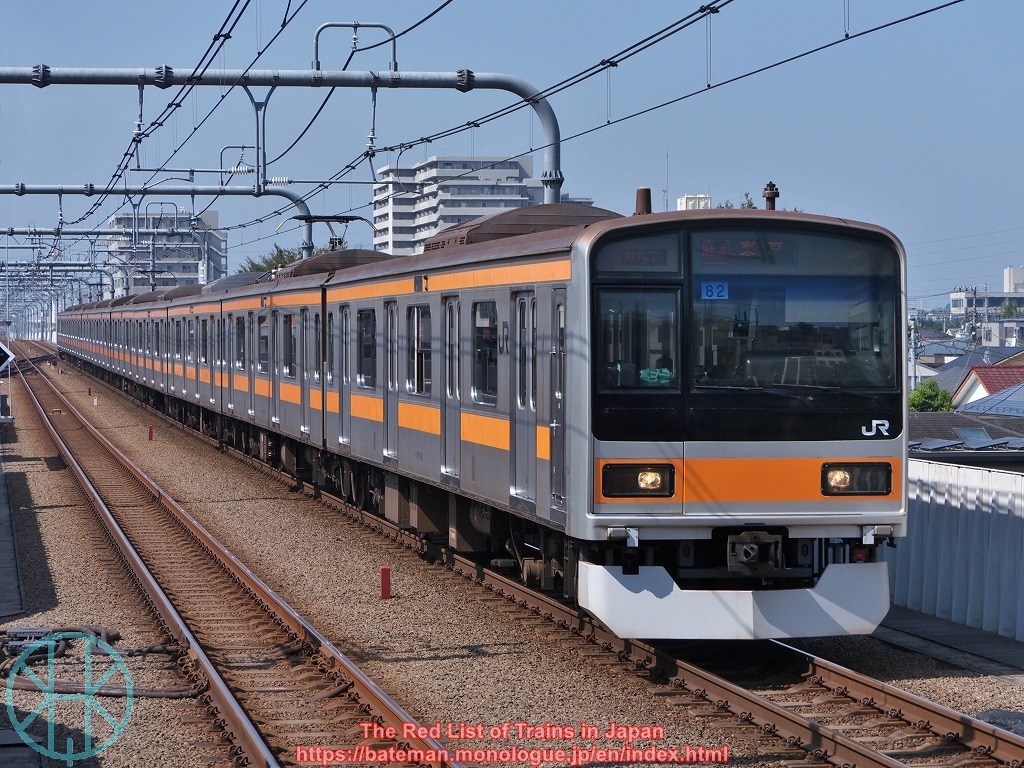
Two ex-Joban Line units of the 209-1000 series ran Chuo Line (Rapid) until 2024.
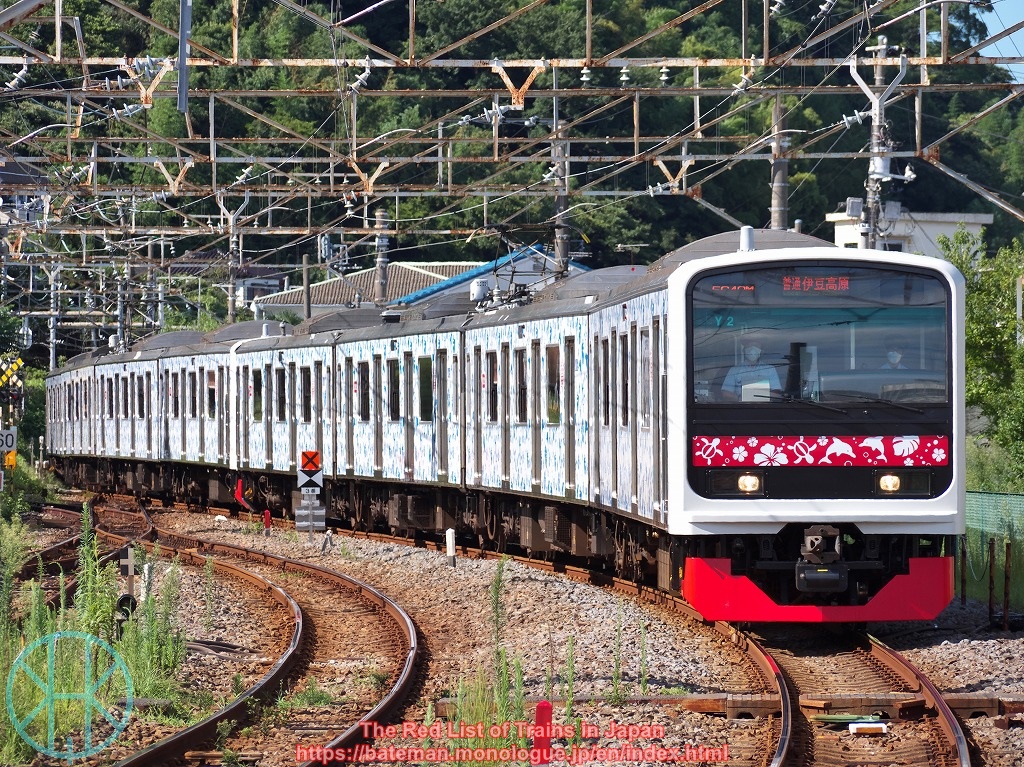
Izukyu has been using two four-car units since 2022. It is called 3000 series Aloha Train. More 209 series in Chiba will be resold to Izukyu in due course.
(Updated: 29 Nov 2025)

